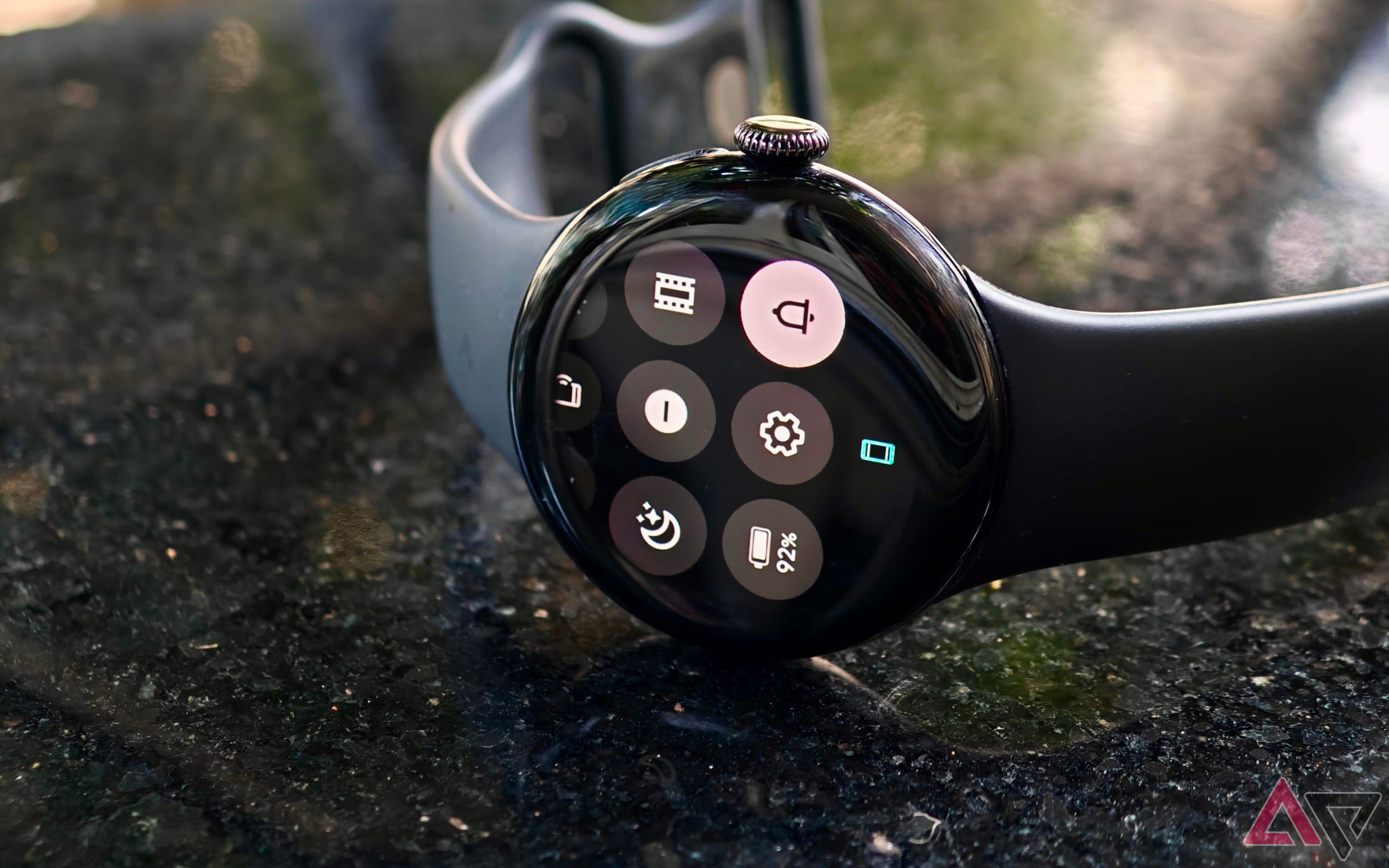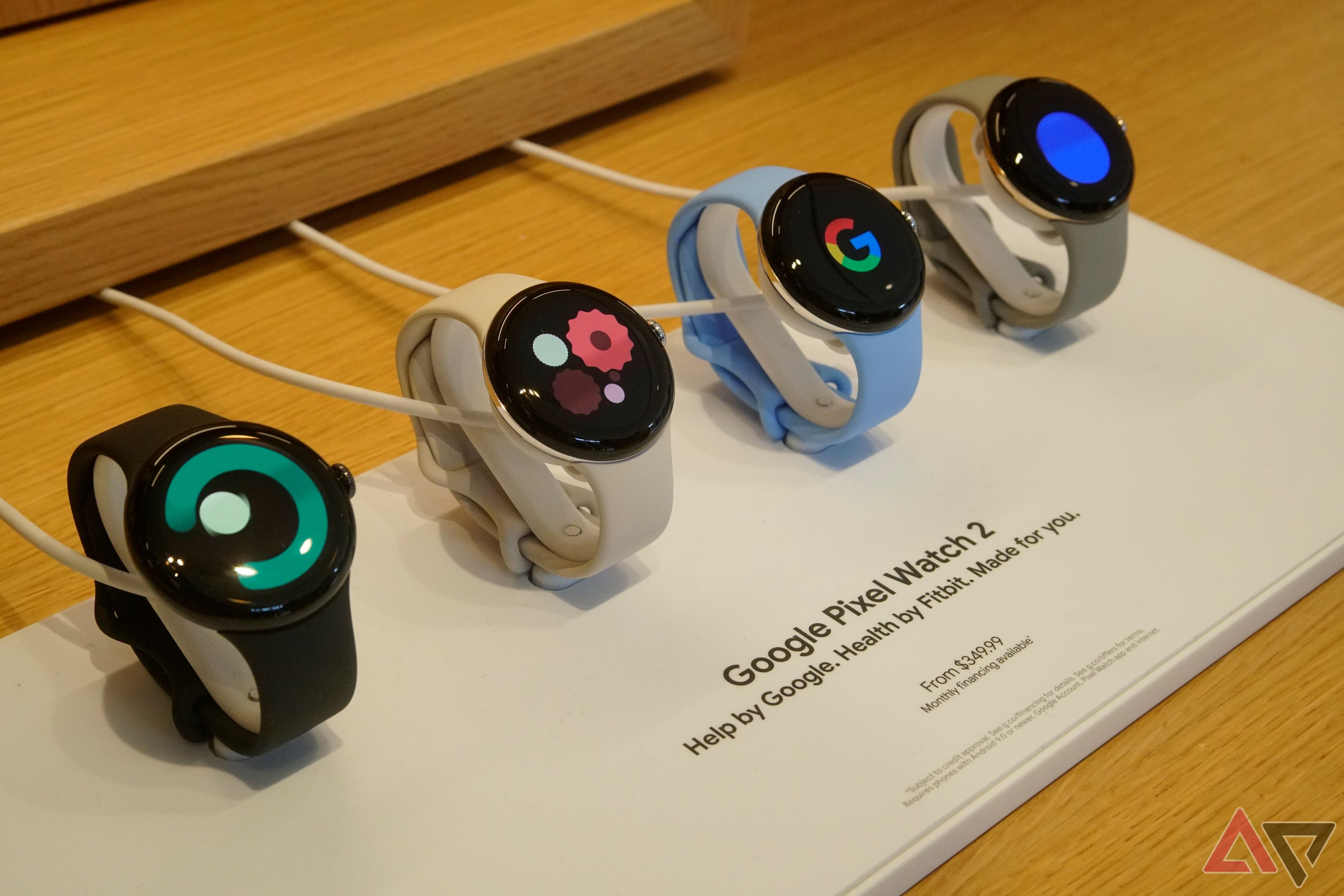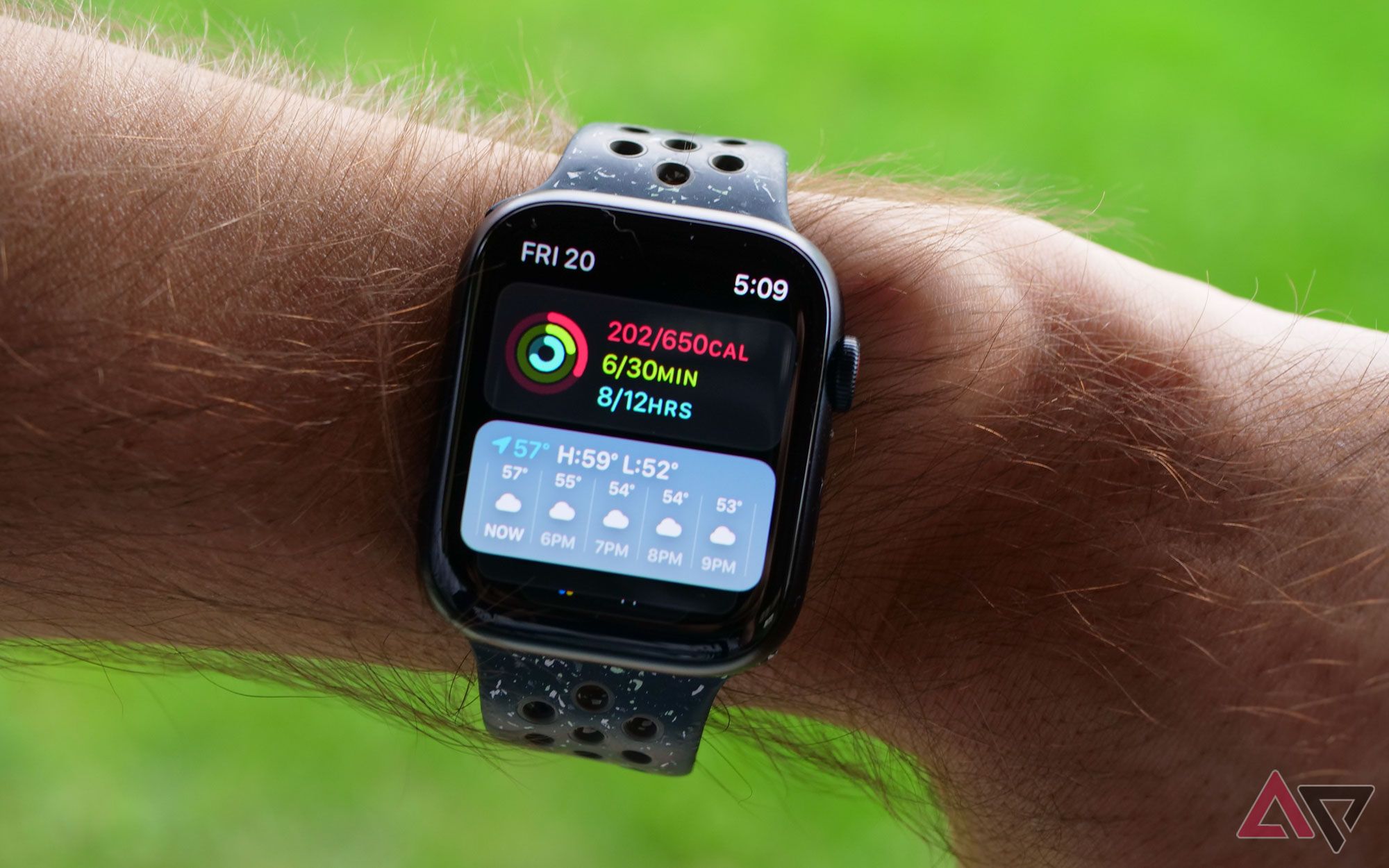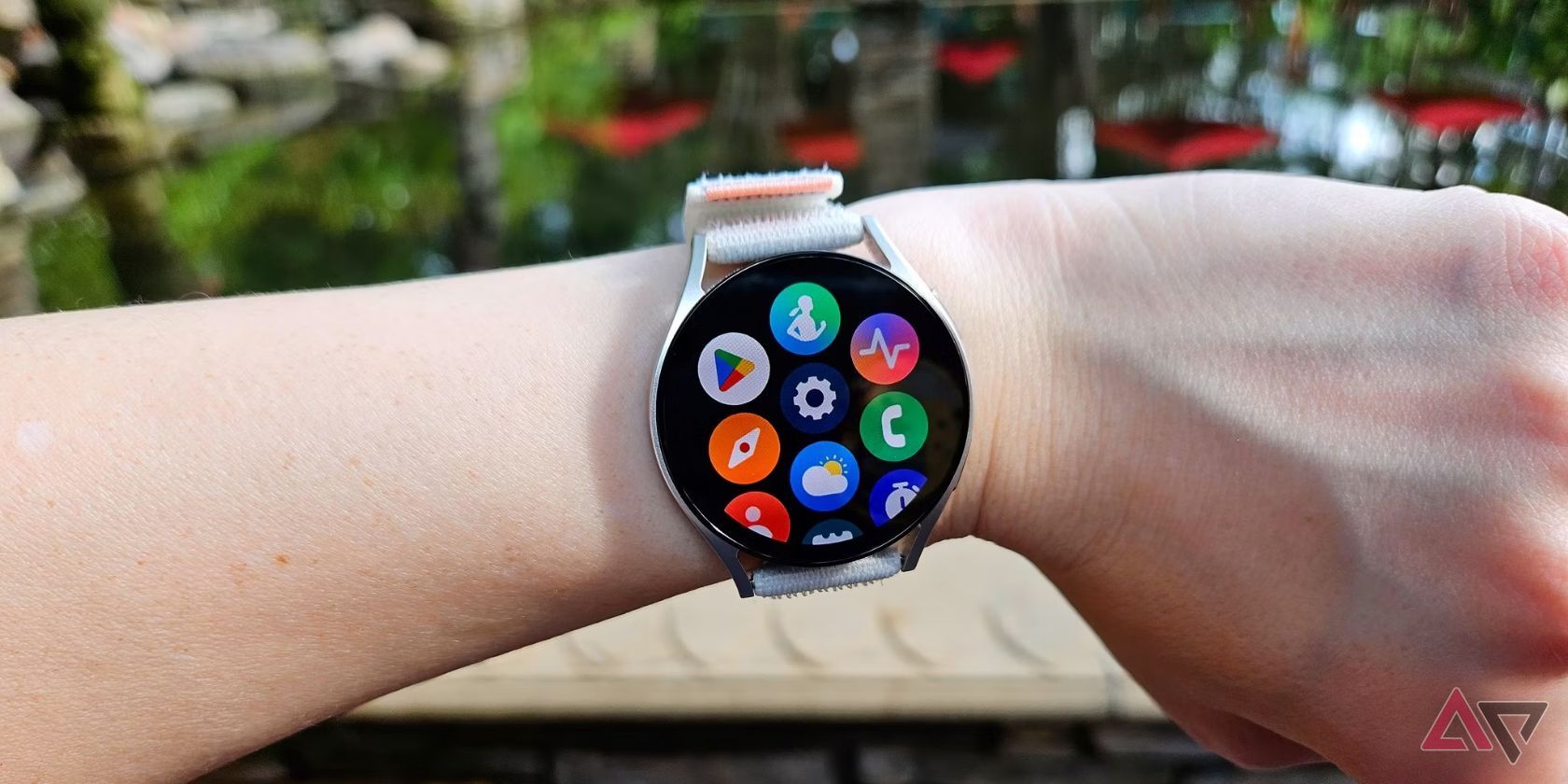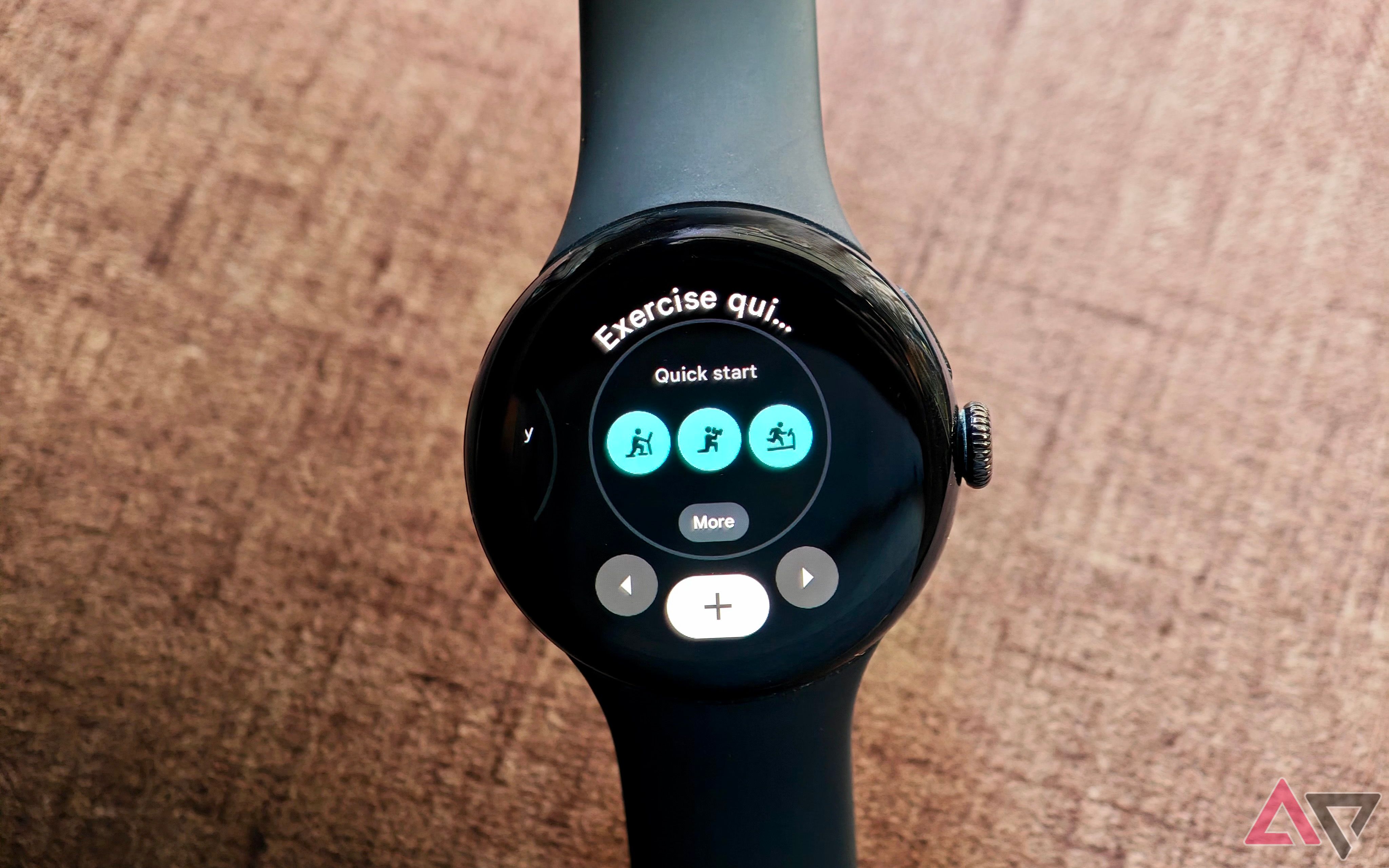Wear OS made a strong comeback after Google joined hands with Samsung to revive the platform in 2021. Fast-forward three years, and the Android smartwatch ecosystem is thriving, with several good options from Samsung, Google, OnePlus, and others.
But despite regular improvements from Google’s side, Wear OS has some puzzling limitations and missing features that have been around on the Apple Watch or Android itself for years. Below is a look at such features that Google needs to copy into Wear OS from other platforms.
Related
Best smartwatches for Android in 2024
The best watches for your Android phone
1 Customizable Quick Settings panel
A feature that Android has had for ages
It took me a while after using the Pixel Watch 2 to realize that you can’t customize the Quick Settings panel. At first, I thought I was doing something wrong and had to dig deep into the settings to customize it, but nope, that’s not the case. This feature has been present in Android forever, which makes its absence in Wear OS 4 even more puzzling.
Samsung allows you to customize the Quick Settings panel on its Galaxy Watches, so this is a Google and stock Wear OS limitation. It’s annoying and frustrating, especially since Android has always been about customization.
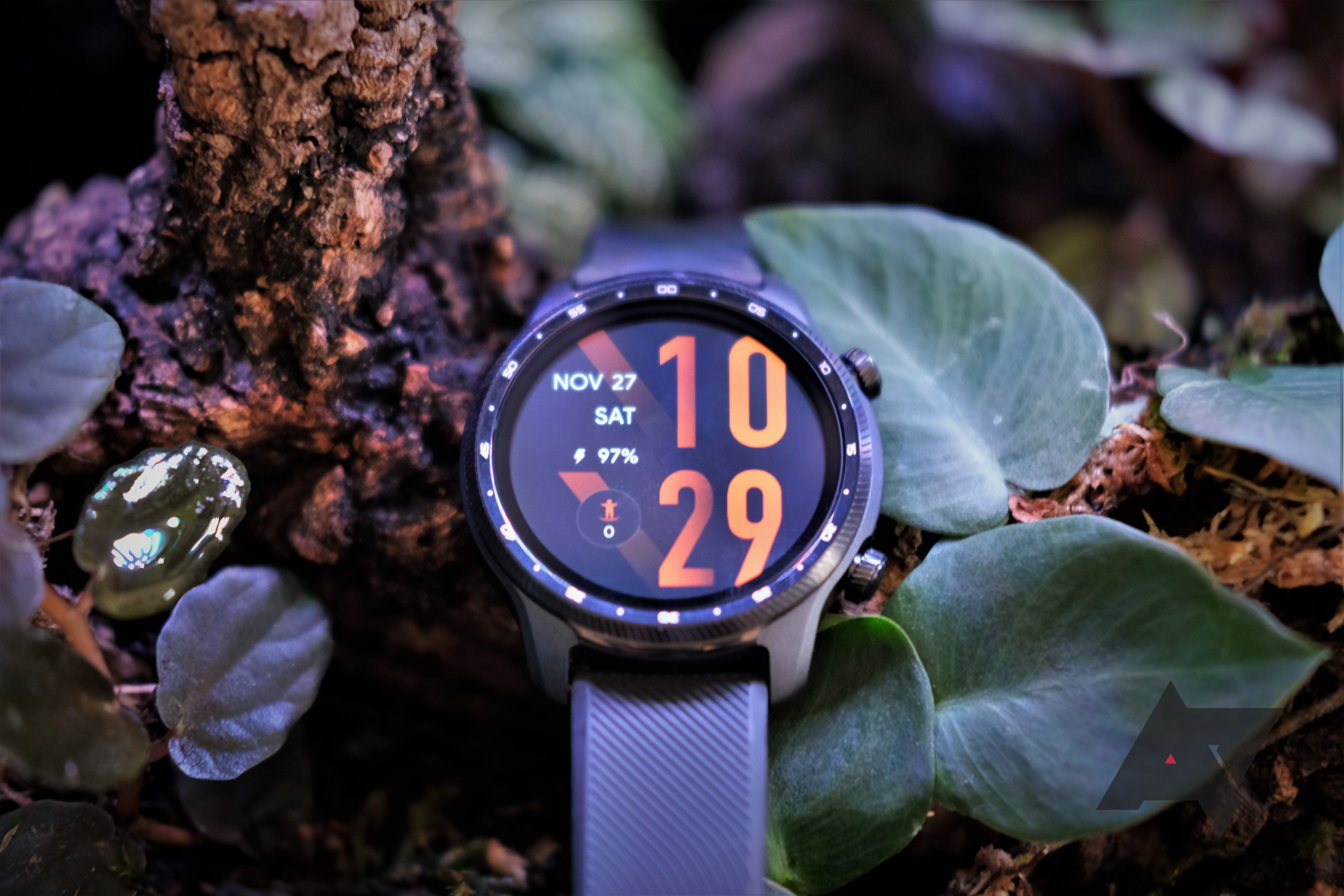
Related
Wear OS: 12 simple tips, tricks, and tweaks to get you started
Get to know that fancy new watch of yours
2 On-device voice typing
For faster voice typing
Typing on the small screen of a smartwatch is not a pleasant experience. While suggested and pre-canned replies are helpful, they can’t always get the job done. While Wear OS supports voice typing, it does not have on-device voice typing like on the Apple Watch Series 9 or Apple Watch Ultra 2. On those watches, because the voice processing happens locally, speech-to-text works much faster.
Latency is a big issue on a smartwatch since it has to send the data to the phone for processing. On-device voice typing skips this entirely, significantly speeding up speech-to-text. If you’ve used voice typing on Pixel phones, which also process voice typing locally, you know what a game-changing feature this is.
On-device voice typing support in Wear OS should make text input more convenient. In turn, this should also help you avoid reaching out to your phone to reply to every incoming message.
3 Bedtime mode syncing across devices
Putting your watch to bed should not be this cumbersome
If you use a Pixel Watch with a non-Pixel smartphone, your Bedtime mode schedule won’t sync automatically between the two devices. It’s a similar situation if you use a Galaxy Watch with a non-Samsung phone.
But Wear OS watches are compatible with all Android phones, making this device manufacturer-specific limitation more annoying and frustrating — Apple doesn’t limit Bedtime mode syncing or Focus mode to newer iPhones or Apple Watch models. This is an arbitrary software restriction seemingly imposed by manufacturers, including Google, to promote their products.
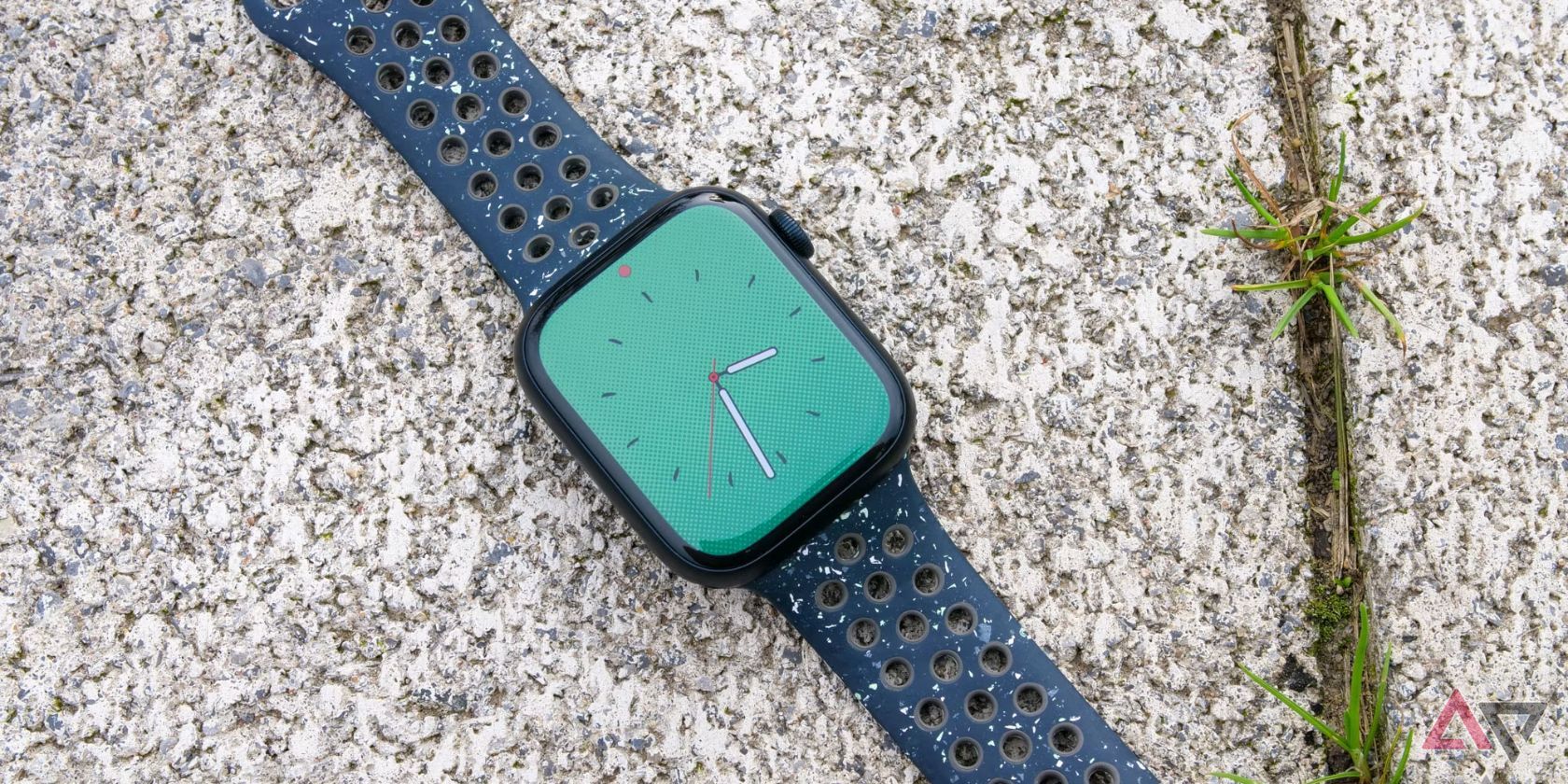
Related
Wear OS really needs to copy this watchOS 11 feature
I want to adjust goals and pause streaks on Wear OS
4 Gesture input
For easy one-handed use
With the Apple Watch Series 9 and Apple Watch Ultra 2, Apple introduced a handy double-tap gesture. It enables you to accept incoming calls, control music playback, and more by simply double-tapping your index finger and thumb together. Thus, you don’t always have to reach out to the screen with your other hand for common everyday actions.
Samsung introduced a similar gesture with the Galaxy Watch 7, dubbed double-pinch, but there’s no such option available on the Pixel Watch, OnePlus Watch 2, or other Wear OS smartwatches. Plus, if every device manufacturer ends up with their implementation, it would lead to a wildly inconsistent experience between Android smartwatches.
5 A consistent, unified health app
Time to improve Google Fit
The Health app on the iPhone is a key reason why wearing an Apple Watch is such a rewarding experience. It makes staying on top of all your health metrics a breeze, automatically notifying you about changes in your walking or sleeping patterns, and other key vitals. The Wear OS ecosystem lacks such a unified health tracking app, leading to an inconsistent experience.
With Wear OS, you need to use the companion app of the device manufacturer to track and monitor your vitals. For example, with the Pixel Watch, you use the Fitbit app to track your activities. If you use the Galaxy Watch, you must use the Samsung Health app. Similarly, OnePlus Watch 2 users must rely on the OHealth app.
Technically, there’s Google Fit, which can pull data from various health apps using Health Connect, but it’s a bit half-baked and nowhere close to the iPhone’s Health app. Worse, many apps don’t sync their data properly with Google Fit — Samsung is the most notable culprit, as steps tracked using Samsung Health do not properly sync to Google Fit.
Given how important wearables have become for activity and health tracking, Wear OS needs a unified (and better) Health app to catch up with the competition.Smarter tiles organization
To make accessing the right tile at the right time easier
Tiles in Wear OS are a great way to quickly view or access important information at a glance, like checking your smart home devices, calendar appointments, weather, step count, the hours you slept, etc. You can swipe left/right from the watch face to cycle between all your tiles.
While tiles are great, Google should take a cue from Smart Stack in watchOS and make them location and time-aware so they can dynamically change their position.
For example, when I’m at the gym, Wear OS should automatically move the Fitbit exercise and YouTube Music tiles to the top of the list for faster access. Similarly, when at work, it should move the Contacts tile to the top after analyzing my usage pattern. At night, the alarm tile should make its way to the top, so I can quickly view and set an alarm for the next day.
Wear OS has a long way to go
Wear OS has significantly improved since Google and Samsung completely rebuilt it in 2021. While yearly updates since then have added meaningful changes to the OS, the company still needs to address many other limitations and omissions.
More importantly, as someone who has used Wear OS since 2021, I feel Google isn’t making enough improvements with major new releases of the OS to address these restrictions and catch up to the Apple Watch. It’s a shame, because both Google and Apple’s smartwatches are great investments.
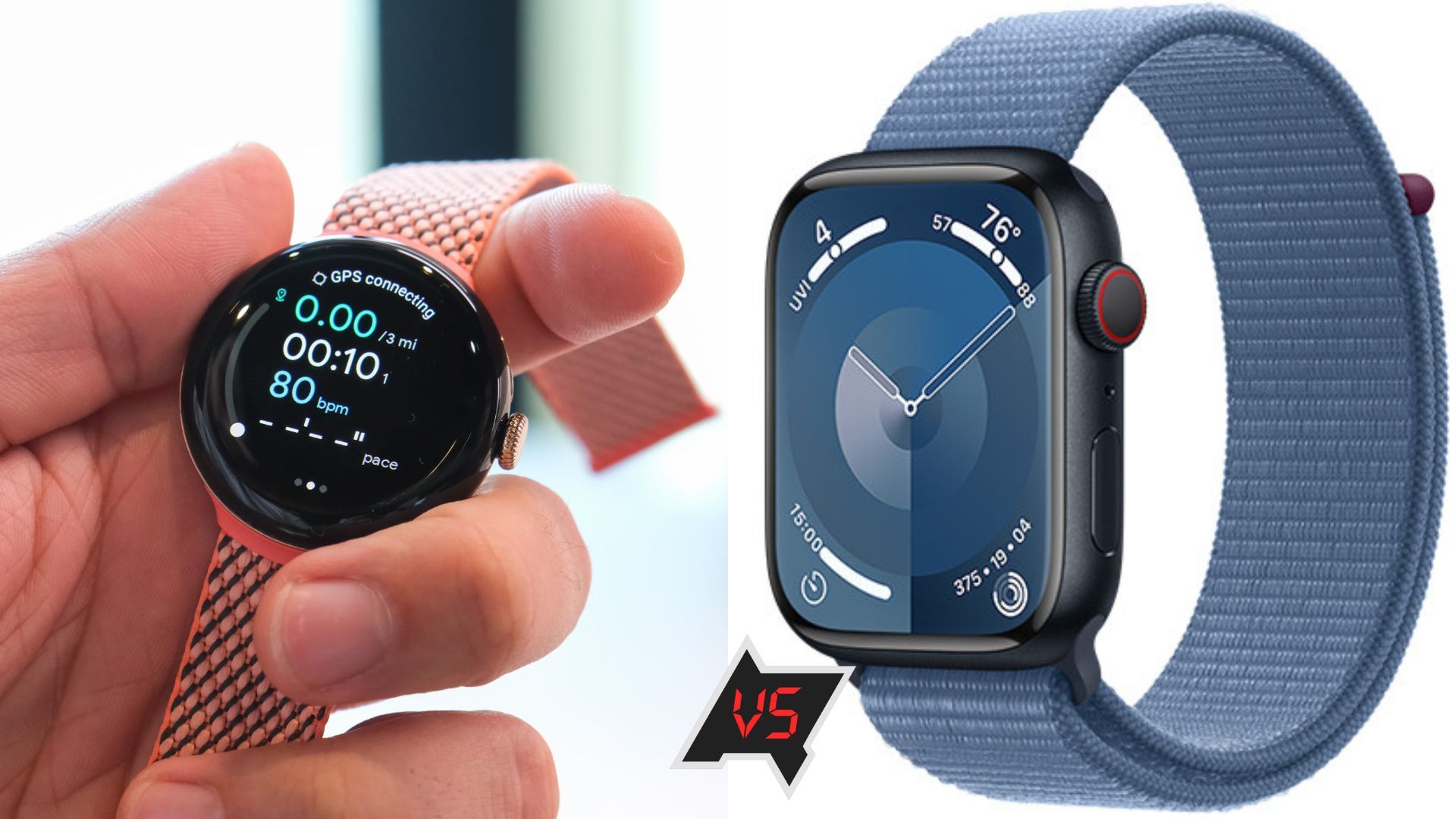
Related
Google Pixel Watch 2 vs. Apple Watch 9: Do you prefer Android or iOS?
Two great devices, but they are truly extensions of what’s in your pocket

Jessica Irvine is a tech enthusiast specializing in gadgets. From smart home devices to cutting-edge electronics, Jessica explores the world of consumer tech, offering readers comprehensive reviews, hands-on experiences, and expert insights into the coolest and most innovative gadgets on the market.

